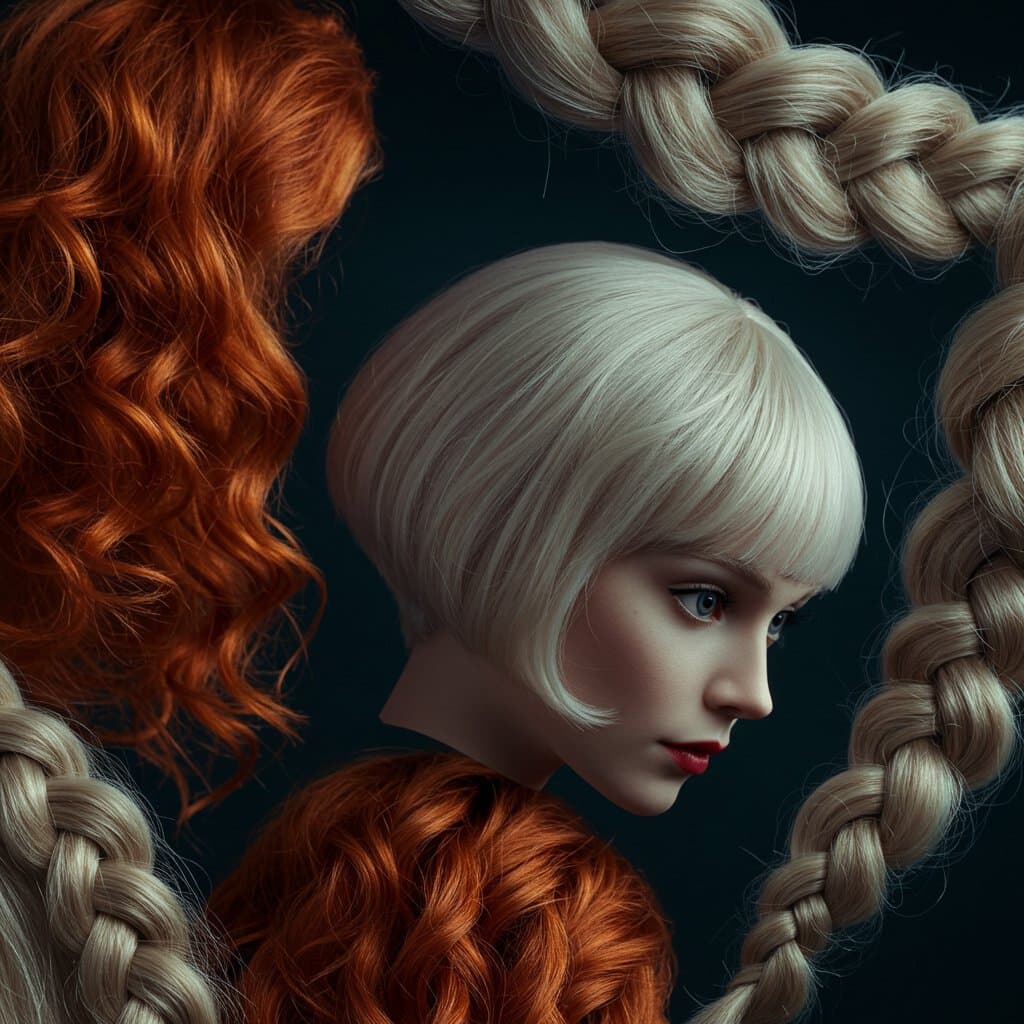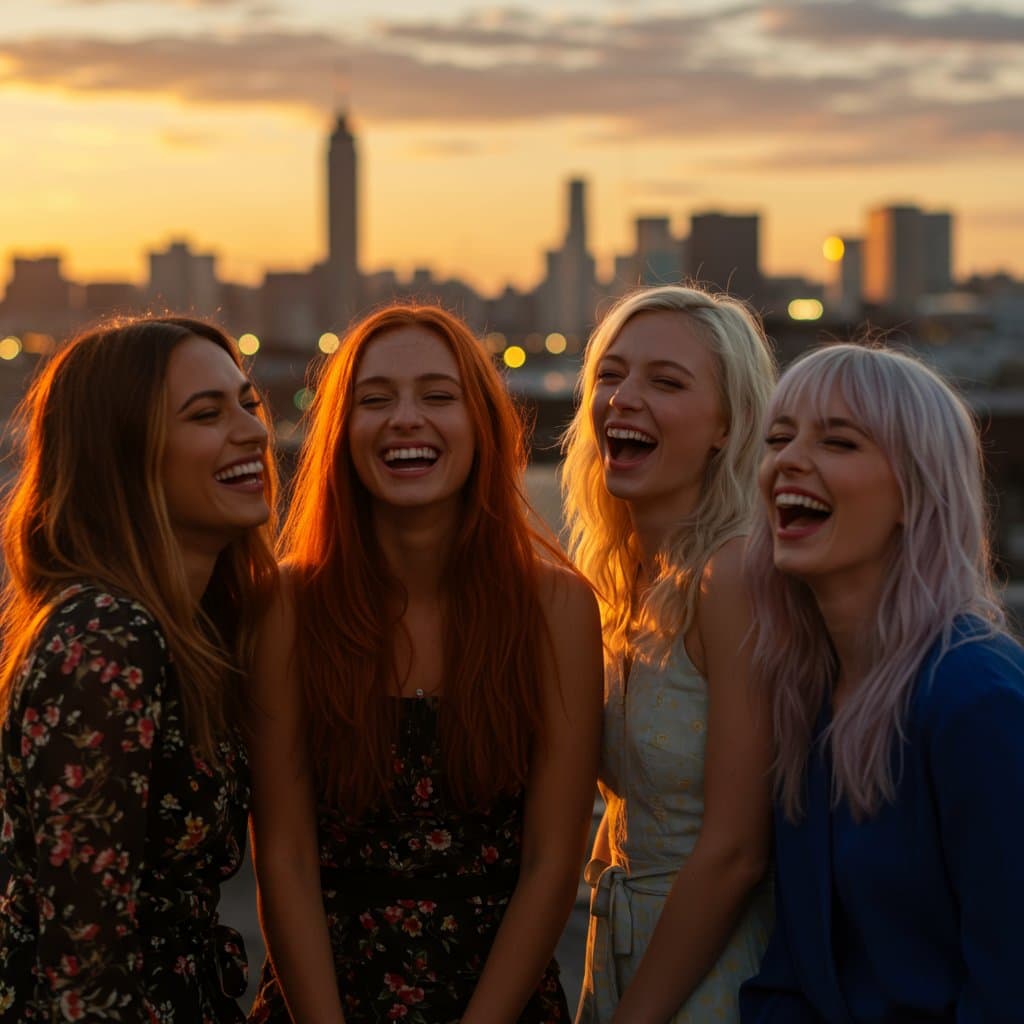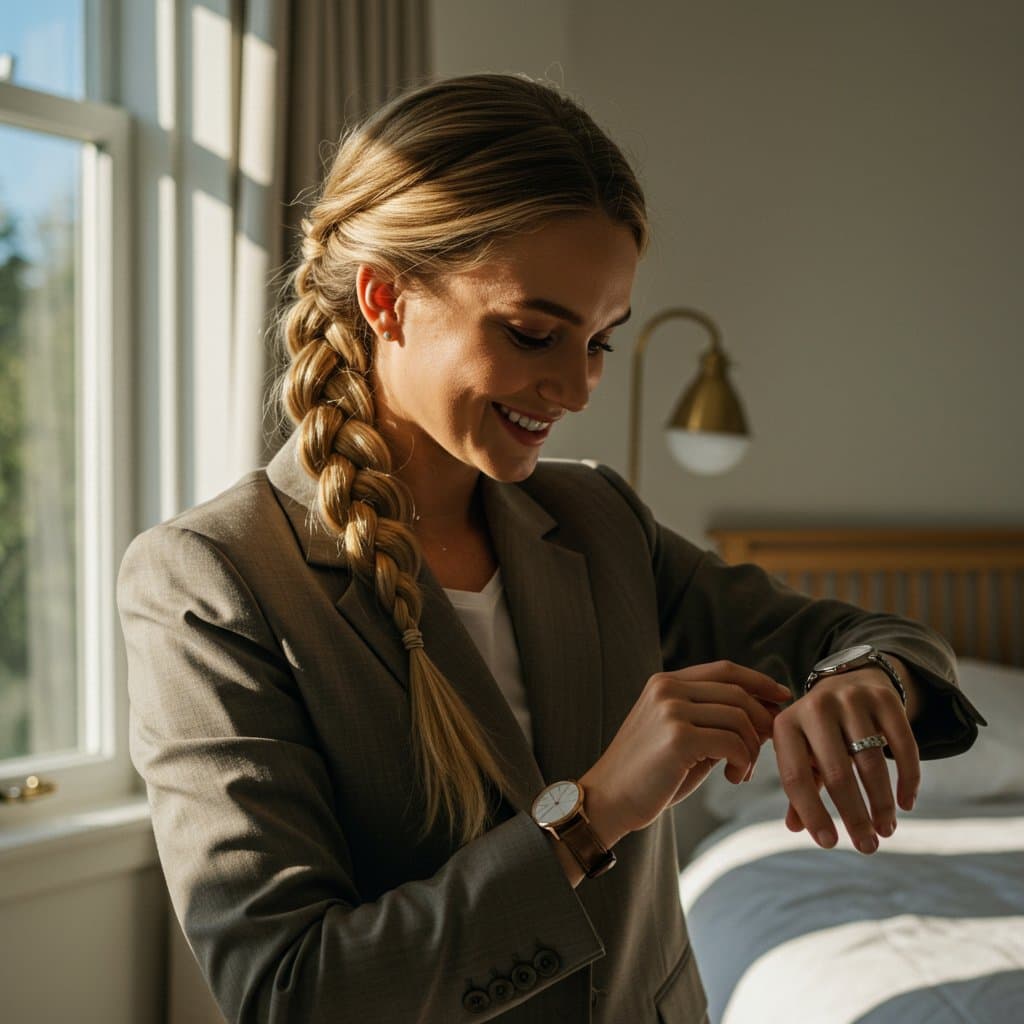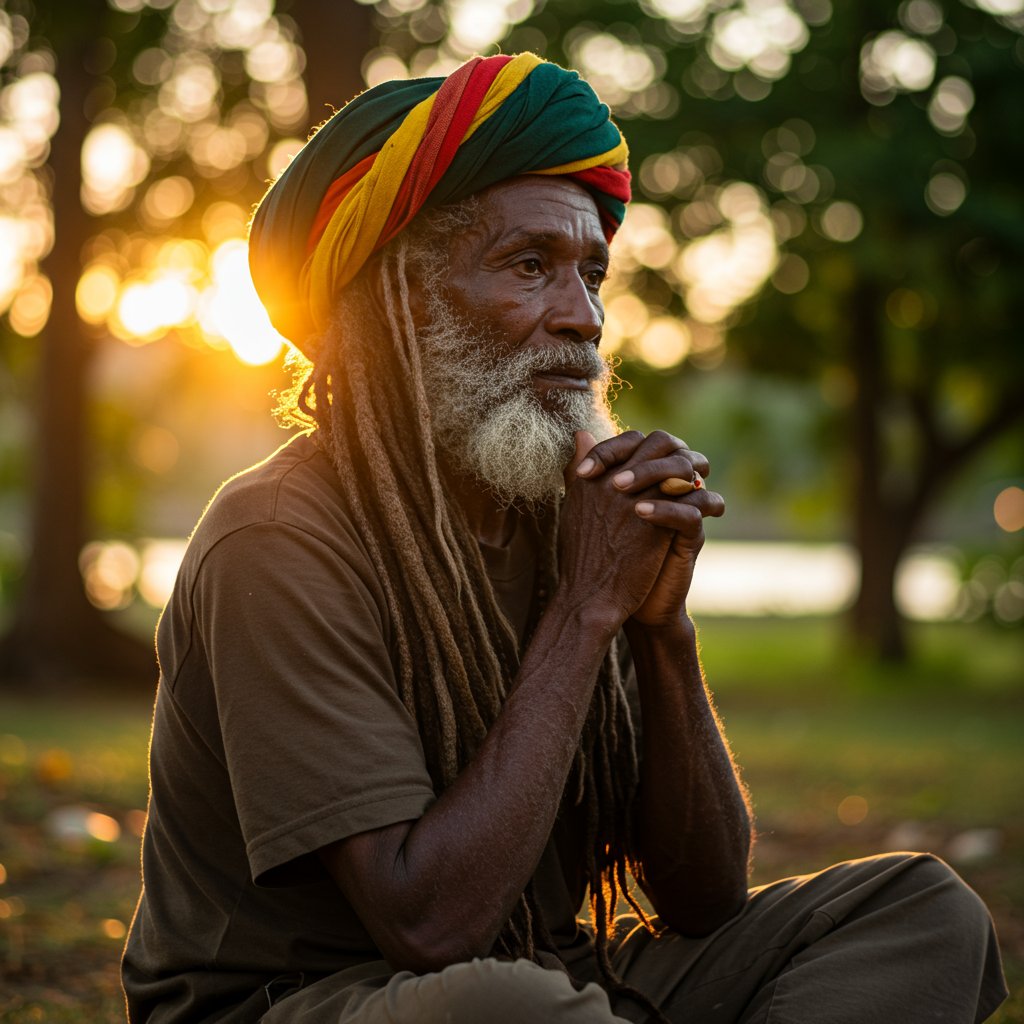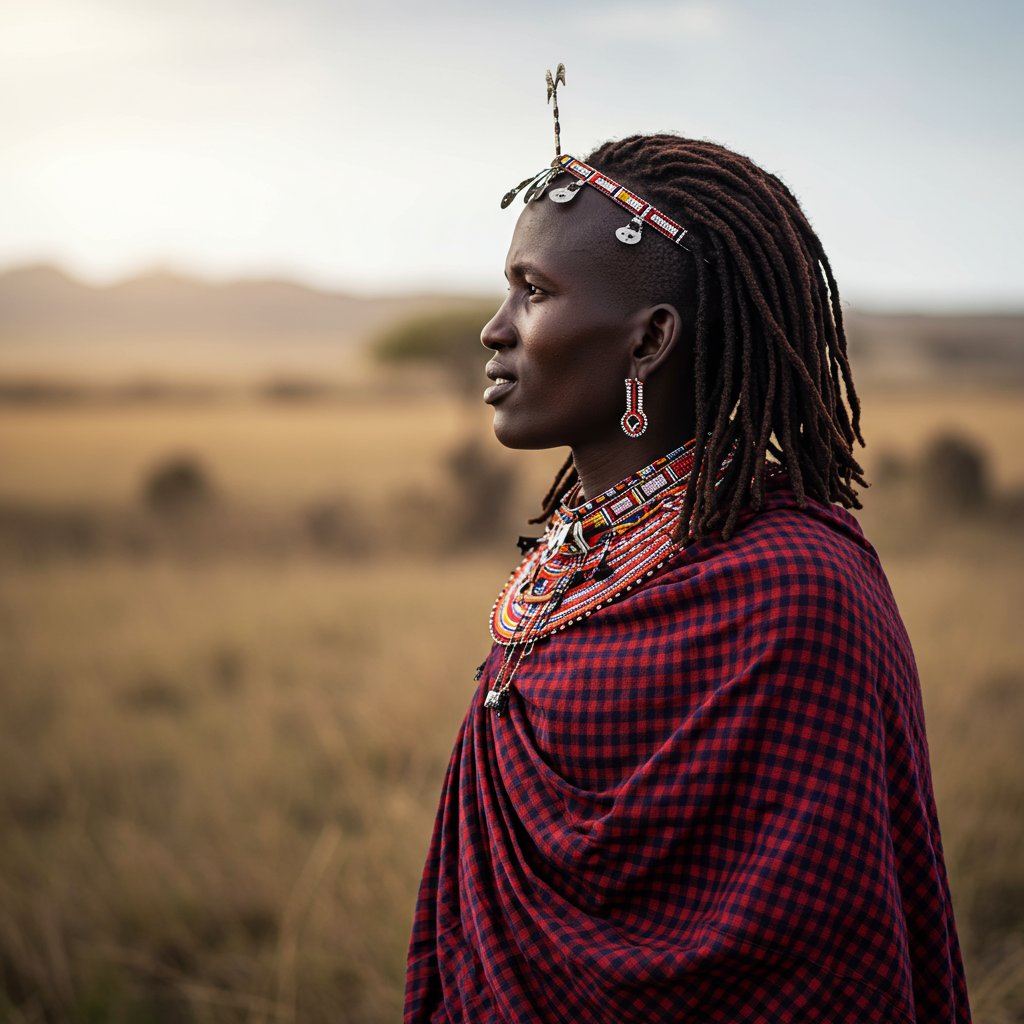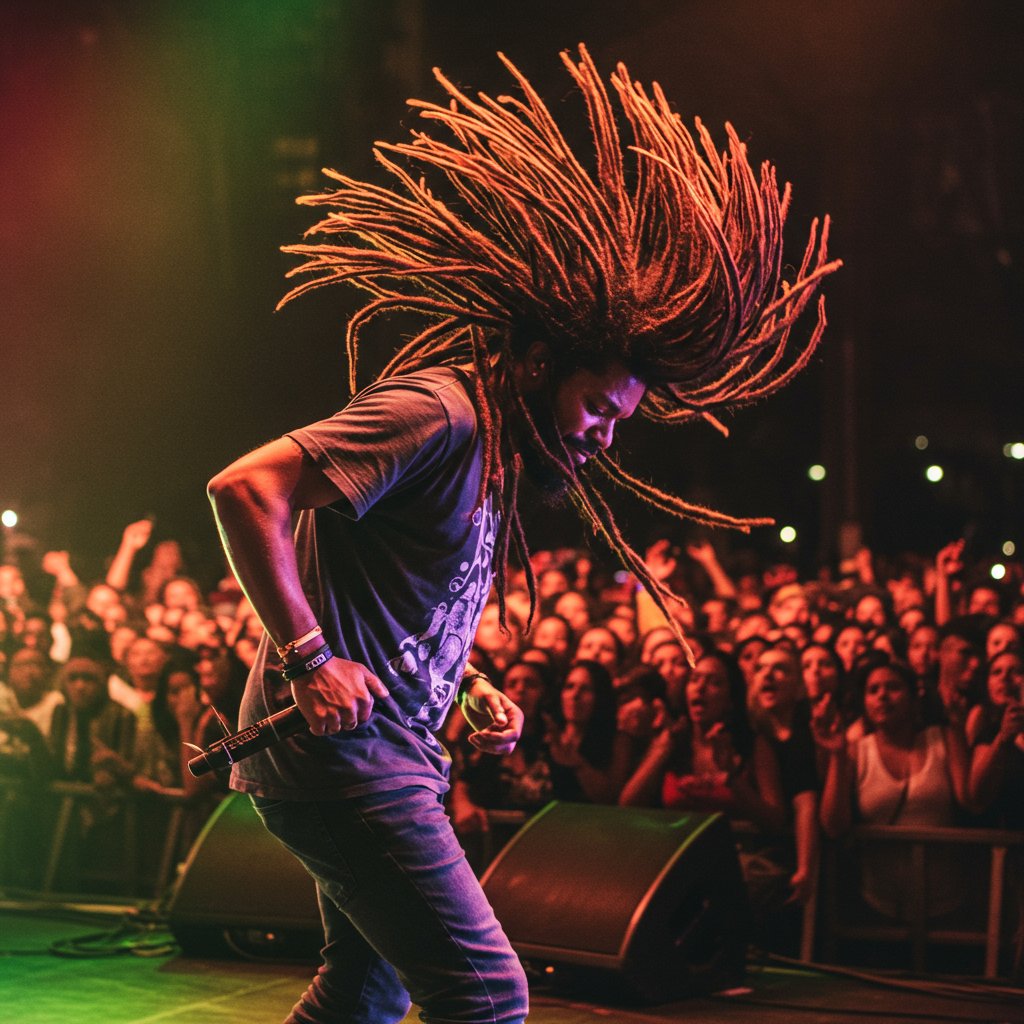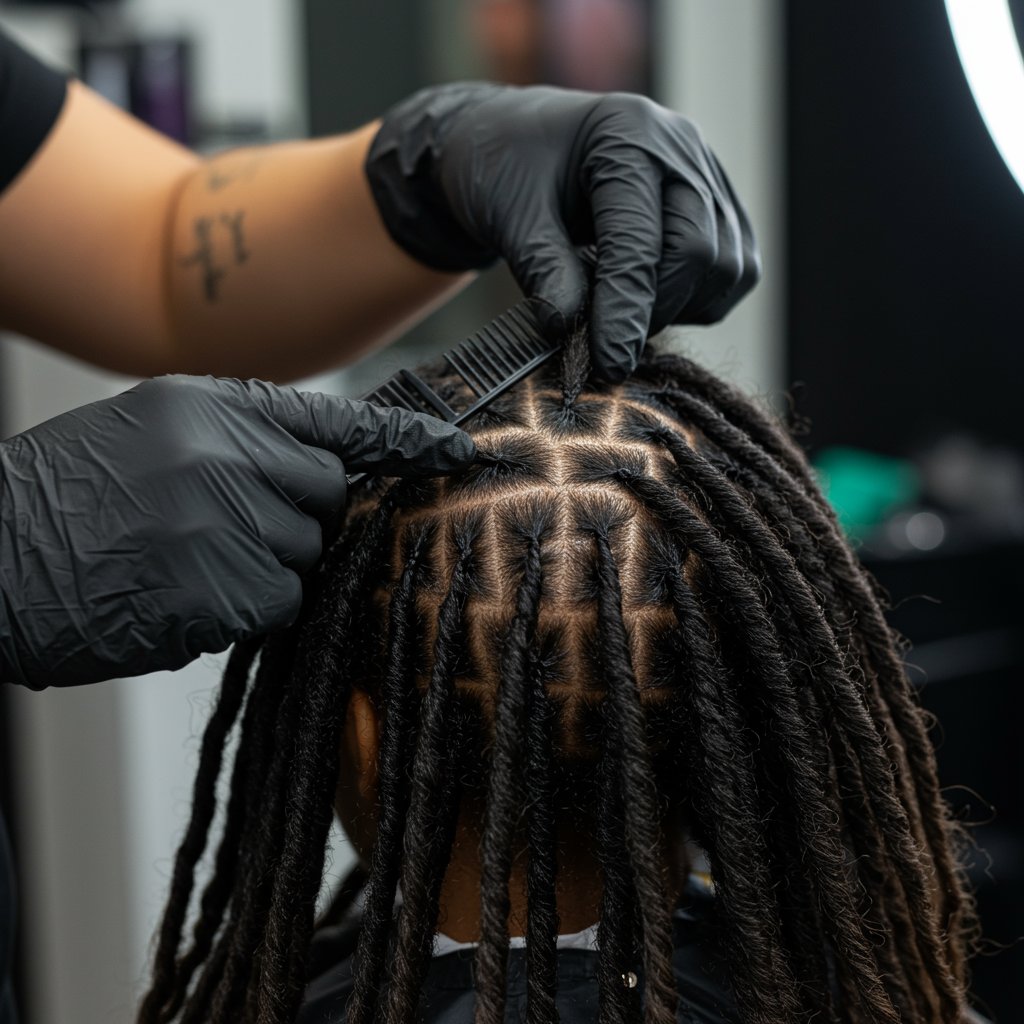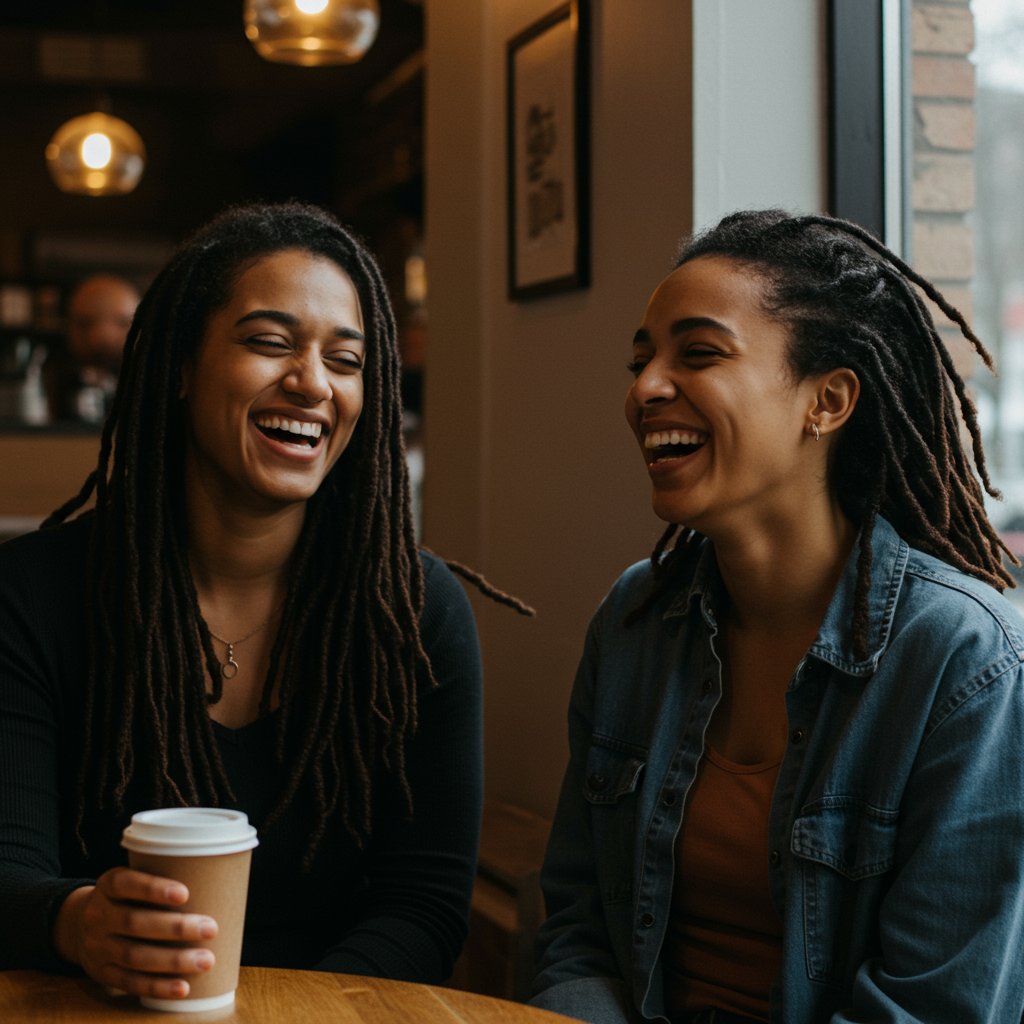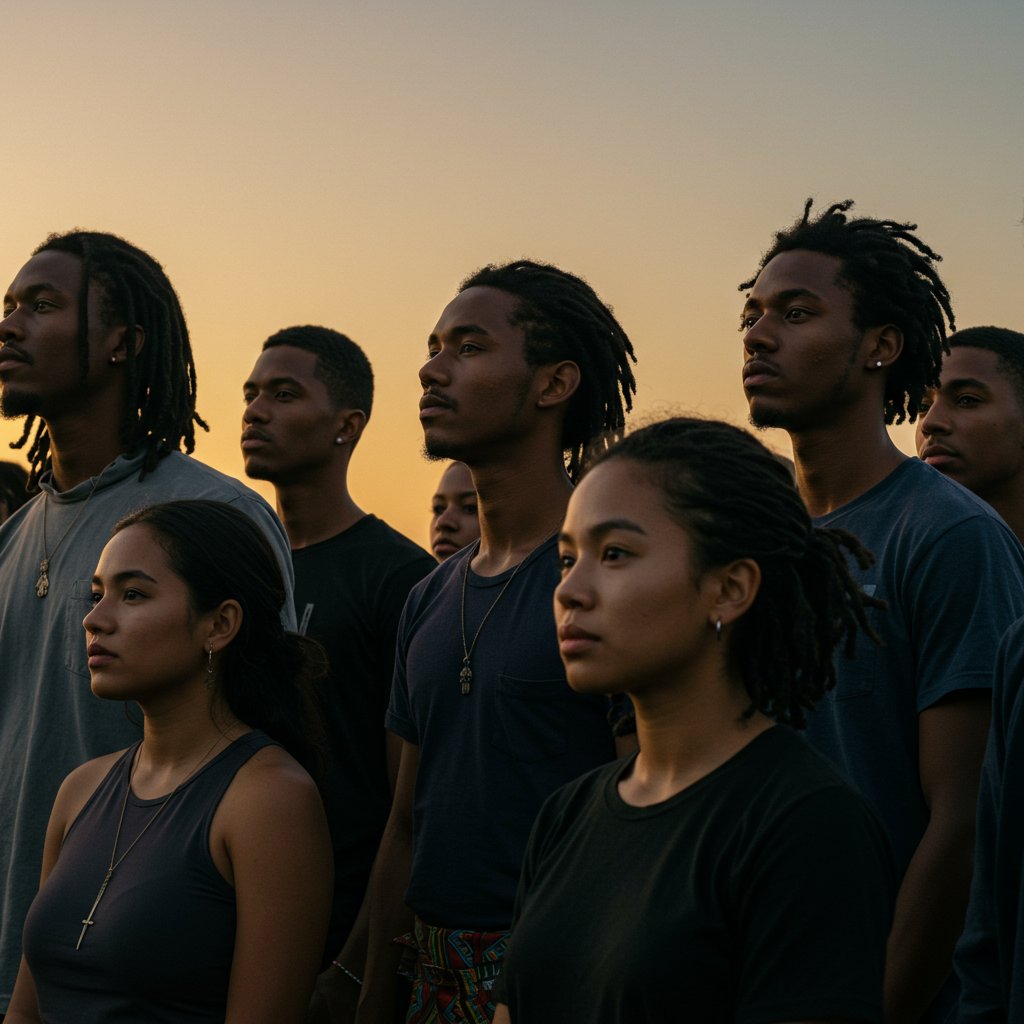More Than a Hairstyle: Unlocking the Cultural Significance of Dreadlocks
Dreadlocks, or more accurately 'locs,' are far more than just a hairstyle. They are a profound statement of identity, a spiritual covenant, and a historical archive woven into strands of hair. To view them as a mere fashion trend is to overlook a rich and complex tapestry of history, struggle, and triumph that spans continents and millennia. Understanding the cultural significance of dreadlocks is essential for anyone in the hair industry and for society at large, fostering respect and dismantling harmful stereotypes. This journey into the world of locs reveals a powerful narrative about human connection to the divine, cultural resilience, and the politics of self-expression.
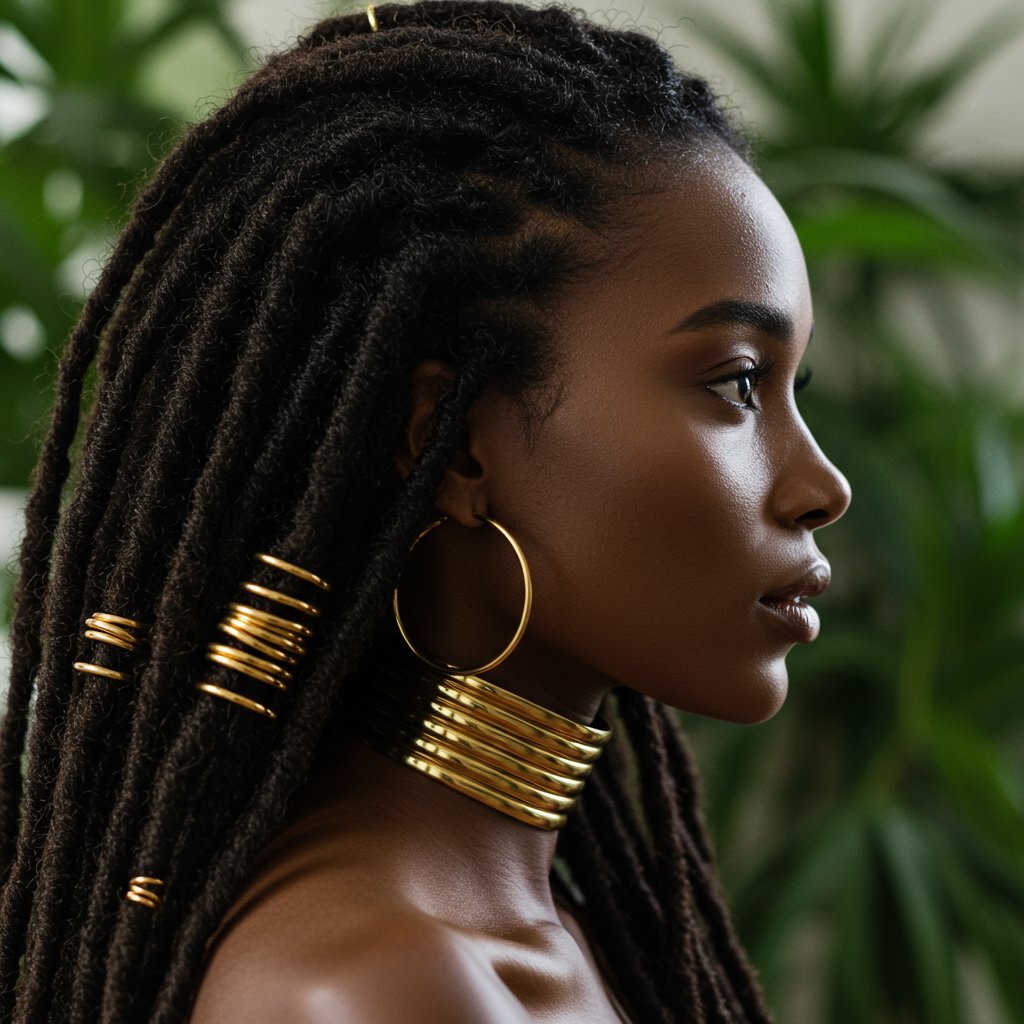
From the ancient sadhus of India to the warriors of Africa and the modern-day Rastafarians, locs have consistently symbolized a departure from the physical world and a commitment to a higher spiritual or cultural calling. They are a physical manifestation of an internal conviction, a crown that carries the weight of ancestry and the strength of personal belief. In this guide, we will explore the deep, winding roots of this iconic hairstyle, tracing its path from ancient civilizations to its prominent place in contemporary culture, and discuss the critical conversations surrounding it today.
Ancient Roots: Tracing Dreadlocks Through Time
The history of dreadlocks is not a single thread but a collection of stories from across the ancient world. Long before they became associated with any single culture, matted and locked hairstyles appeared in various civilizations, each with its unique context. The earliest evidence points to Africa, with depictions of figures with locs found in ancient Egyptian carvings and statues dating back thousands of years. Pharaohs and commoners alike wore these styles, which were sometimes preserved in mummification, showcasing their importance in both life and the afterlife. This African origin is a crucial starting point, establishing the hairstyle's deep-seated connection to the continent.
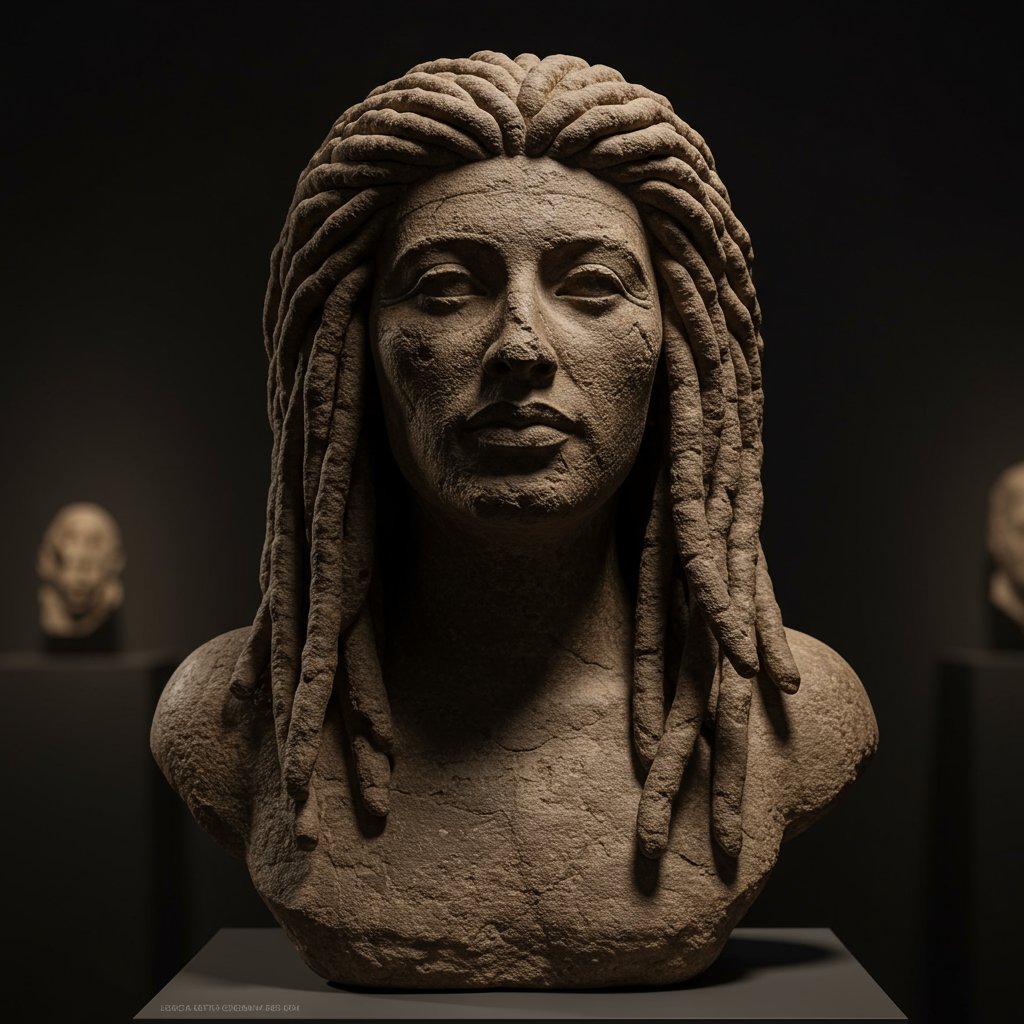
Simultaneously, across the Mediterranean, the Minoan civilization on the island of Crete depicted figures with long, braided or locked hair in their vibrant frescoes around 1600-1500 BCE. In South Asia, the Vedas, the earliest Hindu scriptures, contain written descriptions of 'jata,' the matted locs worn by the deity Shiva and his followers, the sadhus. For these ascetics, jata symbolized a renunciation of vanity and worldly attachments. Evidence also suggests their presence among ancient Germanic tribes, Celts, and Vikings, who wore them as a fearsome and practical style for warriors. This global ancient history demonstrates that locking hair is a natural, instinctual human practice, but its meaning has always been culturally specific and deeply significant.
Spiritual and Religious Connections: A Sacred Vow
Perhaps the most potent aspect of the cultural significance of dreadlocks is their connection to spirituality. For many, locs are not a choice of style but the fulfillment of a sacred vow or a physical representation of their faith. They are an external symbol of an internal spiritual journey, a commitment to a path of devotion and enlightenment.
Rastafarianism and the Lion of Judah
In the modern consciousness, dreadlocks are most famously linked with the Rastafari movement, which emerged in Jamaica in the 1930s. For Rastafarians, locs are a direct adherence to the Nazirite vow in the Bible (Numbers 6:1-21), which forbids cutting the hair as a sign of devotion to God (Jah). They see their locs as a symbol of their covenant, their African identity, and their defiance against 'Babylon'—the oppressive structures of the Western world. The hairstyle is also meant to resemble the mane of the Lion of Judah, a symbol of strength, kingship, and African sovereignty connected to the former Ethiopian Emperor Haile Selassie I, whom they revere as a divine figure. Each loc is seen as a spiritual antenna, connecting them to the divine and holding spiritual energy.
Hinduism and the Jata of Shiva
In Hinduism, the practice of wearing matted locs, or 'jata,' is thousands of years old. It is most famously associated with Lord Shiva, the Destroyer and Transformer, who is depicted with a flowing mane of jata from which the sacred river Ganges descends. Hindu ascetics, known as sadhus or yogis, emulate Shiva by allowing their hair to lock naturally. This act signifies a profound detachment from societal norms and physical vanity. Their jata is a symbol of their spiritual discipline, a rejection of materialism, and a testament to their years spent in meditation and devotion. It is a powerful statement of their commitment to achieving spiritual liberation (moksha).
Dreadlocks in African Cultures: A Symbol of Identity and Resistance
On the African continent, the birthplace of humanity and of locs, the hairstyle has held diverse and powerful meanings for centuries, long before the rise of Rastafarianism. They were not merely decorative but served as indicators of one's social status, spiritual authority, ethnic identity, or stage in life. This deep-rooted heritage is fundamental to understanding the cultural significance of dreadlocks today.
Pre-Colonial Significance
In many pre-colonial African societies, hair was a medium of communication. The way it was styled could tell you everything about a person. For example, the Maasai warriors of Kenya and Tanzania are famous for their thin, red ochre-dyed locs, which symbolize their courage and journey into manhood. The Himba people of Namibia coat their locs with an otjize paste, a mixture of butterfat and ochre, signifying health and vitality. Spiritual leaders, shamans, and elders in various tribes often wore locs as a sign of their wisdom and connection to the spirit world. The hair was considered a conduit for divine energy, and letting it lock was a way to preserve that spiritual strength.
The Transatlantic Slave Trade and Resistance
The horrific era of the transatlantic slave trade attempted to strip Africans of their identity, and hair was a primary target. Enslaved people had their heads forcibly shaved, an act designed to dehumanize them and sever their connection to their culture. In this context of brutal oppression, maintaining traditional African hairstyles, including the beginnings of locs, became a powerful act of resistance. In the post-slavery and colonial eras, embracing natural, locked hair was a direct rejection of Eurocentric beauty standards that prized straight hair. It was, and remains, a bold reclamation of African identity and a celebration of Black beauty in its most authentic form.
The Modern Era: From Counter-Culture to Mainstream
The 20th century saw dreadlocks move from specific cultural and spiritual enclaves onto the global stage, largely propelled by music and the growing Black consciousness movement. This transition brought the style unprecedented visibility but also complex new interpretations and challenges.
The Rise of Reggae and Bob Marley
No single person did more to popularize dreadlocks globally than Bob Marley. As he and his band, The Wailers, brought reggae music to an international audience in the 1970s, his image became iconic. His confident and spiritual presence, crowned with a mane of flowing dreadlocks, introduced the world to Rastafari culture. For millions, Marley's locs symbolized not just his faith but also a powerful message of peace, love, unity, and rebellion against oppression. He transformed dreadlocks into a universal symbol of counter-cultural defiance and a call for social justice, inspiring people of all backgrounds.
Adoption and Evolution
Following Marley's influence, dreadlocks were adopted by various subcultures worldwide, including punk, goth, and hippie movements, often as a symbol of non-conformity. In the 1980s and 90s, the rise of hip-hop and artists in the conscious rap movement further cemented locs as a symbol of Black pride and intellectualism. Today, the style is worn by people from all walks of life—athletes, academics, artists, and professionals. This mainstream visibility has helped normalize the style, but it has also opened the door to conversations about its meaning when disconnected from its cultural and spiritual origins.
The Politics of Hair: Cultural Appropriation vs. Appreciation
As dreadlocks have become more visible in mainstream fashion and media, the debate around cultural appropriation has intensified. This conversation is not about gatekeeping a hairstyle but about understanding power dynamics, history, and respect. It questions who is praised for wearing locs and who is penalized for it.
Defining the Line
Cultural appreciation involves engaging with a culture with the intent to learn, honor, and respect. It requires acknowledging the source and understanding the significance of the cultural element one is adopting. Cultural appropriation, on the other hand, is taking a significant element from a marginalized culture without understanding its context, often for personal gain or aesthetic pleasure, while the originators continue to face discrimination for that same element. When a white celebrity is lauded as 'edgy' or 'bohemian' for wearing locs, while Black employees are fired or Black students are suspended from school for the same hairstyle, it highlights a stark and painful double standard rooted in systemic racism.
The Impact of Discrimination
The fight for hair equality is ongoing. Cases of workplace discrimination against individuals with locs are still common, framing a natural and culturally significant hairstyle as 'unprofessional.' The CROWN Act (Create a Respectful and Open World for Natural Hair), which seeks to prohibit race-based hair discrimination, is a legislative response to this very issue. This context is why the conversation about appropriation is so vital. It’s about ensuring that the hairstyle is not stripped of its meaning and used as a costume, while the people who carry its cultural legacy are still fighting for their right to wear it freely and without prejudice.
The Art and Craft of Locs: Modern Techniques and Terminology
Beyond their cultural weight, dreadlocks are a testament to the art and science of hairstyling. The journey of cultivating healthy, beautiful locs requires patience, care, and often, the skill of a professional. Recognizing the craft involved is another layer of respecting the style.
From Freeform to Manicured
There is no single way to wear locs. 'Freeform' locs are created by simply allowing the hair to mat and lock on its own, resulting in an organic and unique pattern. 'Traditional' or 'cultivated' locs are started using methods like two-strand twists, comb coils, or palm-rolling, leading to more uniform sizing. More intricate styles, such as 'Sisterlocks' or 'Microlocs,' involve precise parting and a special tool to create very small, versatile locs. Each method has its own process and aesthetic, showcasing the incredible versatility of natural hair.
The Importance of a Professional Loctician
Starting and maintaining healthy locs is a commitment. Experienced stylists, often called locticians, specialize in the cultivation and care of locked hair. They understand the unique needs of different hair textures, proper scalp health, and the techniques required to ensure locs grow strong and healthy. Seeking a professional ensures that the loc journey begins on a solid foundation, preventing issues like thinning or breakage. A skilled loctician is not just a hairstylist; they are a custodian of a cultural practice, guiding their clients through a transformative hair journey.
Tips for Respectfully Engaging with the Culture of Locs
For those who do not share the cultural heritage of locs but wish to be respectful allies, here are a few key principles to follow:
- Educate Yourself: Take the time to learn about the deep history and spiritual significance outlined here. Understanding the 'why' is the first step to genuine appreciation.
- Listen to Black Voices: Pay attention to the conversations happening within the Black community about hair, identity, and appropriation. Their experiences and perspectives are paramount.
- Never Touch Without Permission: A person's hair is part of their personal space and, in the case of locs, can be a sacred crown. Never touch someone's hair without their explicit consent.
- Use Respectful Language: Many prefer the term 'locs' over 'dreadlocks' to move away from the negative connotation of the word 'dread.' Be mindful of the language you use.
- Support with Your Wallet: If you admire the artistry, support Black-owned salons and locticians who are the primary custodians of this cultural practice.
Frequently Asked Questions (FAQ)
Q1: Are dreadlocks dirty?
This is one of the most persistent and harmful myths. Clean locs are washed regularly, just like any other hairstyle. The locking process is about hair matting, not an accumulation of dirt. In fact, a clean scalp and clean hair are essential for healthy loc growth. Professional hair salons offer deep cleansing services specifically for locs.
Q2: What is the difference between 'dreadlocks' and 'locs'?
While the terms are often used interchangeably, many people in the community prefer 'locs.' The term 'dreadlocks' is believed by some to have originated from British colonialists in Jamaica who saw the Rastafarians' hair as 'dreadful.' 'Locs' is a reclaimed term that removes this negative historical context.
Q3: Can anyone wear locs?
Physically, any hair texture can be encouraged to lock. However, the cultural and political context is crucial. For non-Black individuals considering the style, it is vital to understand the history of appropriation and the discrimination Black people face for wearing locs. It requires deep self-reflection, education, and a commitment to being an ally against that discrimination.
Q4: How long does it take to start locs?
The initial locking process, or 'budding' phase, can take anywhere from six months to two years, depending on hair texture and the method used. It's a journey that requires significant patience.
Q5: What is the spiritual meaning of dreadlocks for Rastafarians?
For Rastafarians, locs are a sacred covenant with God (Jah), symbolizing their African identity, naturalness (livity), and rebellion against oppressive systems ('Babylon'). They are also seen as resembling the mane of the Lion of Judah, a symbol of strength and royalty.
Q6: Why is it offensive to touch someone's locs without permission?
Aside from being a violation of personal space, it can feel dehumanizing, as if one is an object on display. For many, locs hold deep spiritual and personal energy, and unsolicited touching can be seen as disrespectful to their identity and journey.
Conclusion: A Crown of History and Identity
The cultural significance of dreadlocks is a testament to their power as more than just a configuration of hair. They are a living chronicle of spiritual devotion, cultural resilience, political defiance, and personal identity. From the banks of the Nile to the hills of Jamaica and the streets of every modern city, locs tell a story of a people's connection to their roots and their gods. To understand this hairstyle is to appreciate the profound ways in which our hair can define and declare who we are. It is a call for respect, a demand for recognition, and a celebration of a beauty that refuses to be erased or misunderstood. Whether you wear them, admire them, or style them, approaching locs with knowledge and reverence is the only way to honor the crown they truly are.



